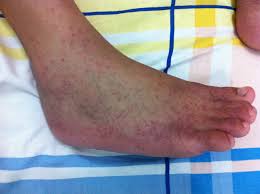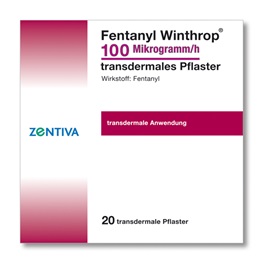Understanding Chikungunya Virus: Current Trends and Impacts

Introduction
The chikungunya virus has surged in the public health spotlight due to its rapid spread and significant impact on communities worldwide. Transmitted primarily through mosquito bites, this viral infection causes severe joint pain, fever, and can have lasting health effects. As global travel increases and climate change alters vector habitats, understanding and responding to chikungunya is more critical than ever.
Current Trends and Outbreaks
Recent data from the World Health Organization (WHO) shows an alarming rise in chikungunya cases, particularly in the Americas and parts of Asia. In 2023 alone, over 100,000 suspected cases have been reported across these regions, illustrating an uptick from previous years. In countries like India and Brazil, where the virus is endemic, health authorities are grappling with surges that strain medical resources.
Health experts attribute this increase to several factors, including changing weather patterns that favour mosquito breeding, along with improved reporting mechanisms that capture more cases. Importantly, the cyclical patterns of outbreaks lead to periodic spikes where community transmission becomes rampant, significantly affecting public health.
Symptoms and Diagnosis
Individuals infected with the chikungunya virus typically present with severe symptoms that occur 2-12 days after being bitten by an infected mosquito. Common symptoms include high fever, joint pain, headache, muscle pain, rash, and fatigue. Although the symptoms are generally self-limiting and recovery is expected within a week, joint pain can persist for months or even years for some patients.
Diagnosis is primarily based on clinical findings and patient history, although laboratory testing can confirm the presence of the virus. This is crucial for distinguishing chikungunya from similar mosquito-borne illnesses, such as dengue fever and Zika virus.
Prevention Strategies
Preventing chikungunya involves controlling mosquito populations and reducing exposure to bites. Public health campaigns emphasise the elimination of standing water, which serves as breeding grounds for mosquitoes. Additionally, the use of repellents, mosquito nets, and proper clothing can protect individuals from bites.
Vaccination efforts are also under consideration, with various candidates in development. While no specific antiviral treatment exists for chikungunya, ensuring access to effective symptom management and medical care remains paramount in minimising the virus’s impact.
Conclusion
As the chikungunya virus continues to pose a threat to global health, increased awareness and preventive measures are essential. With ongoing climate changes and urbanisation trends, the risk of outbreaks remains high, necessitating international cooperation and robust public health strategies. Understanding the virus’s implications for affected populations is vital as we navigate its challenges in the coming years.
You may also like

The Rising Threat of Super Flu: What You Need to Know

Exploring the Importance of Walkers in Urban Environments
